When we look deep into space, everything there is embedded in magnetic fields. This happens not only in the neighborhood of stars and planets, but also in the deep space betweengalaxiesand galactic clusters.
Yet, this is the first time scientists have found direct evidence of magnetism in massivestars. Besides that, in the case of HD 148937, the merger must have happened recently therefore the news is super exciting for astronomers as well.
Due to the ‘Dragon’s Egg’ nebula, scientists finally have direct evidence of magnetism in massive stars
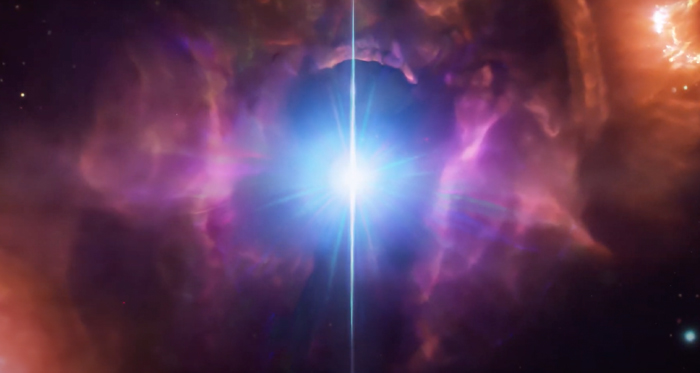
Image credits:ESO
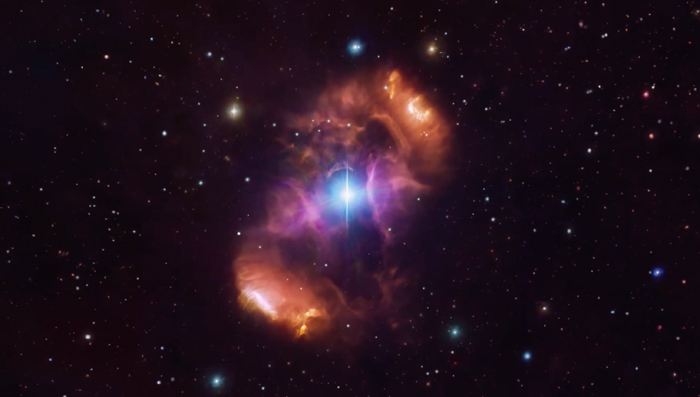
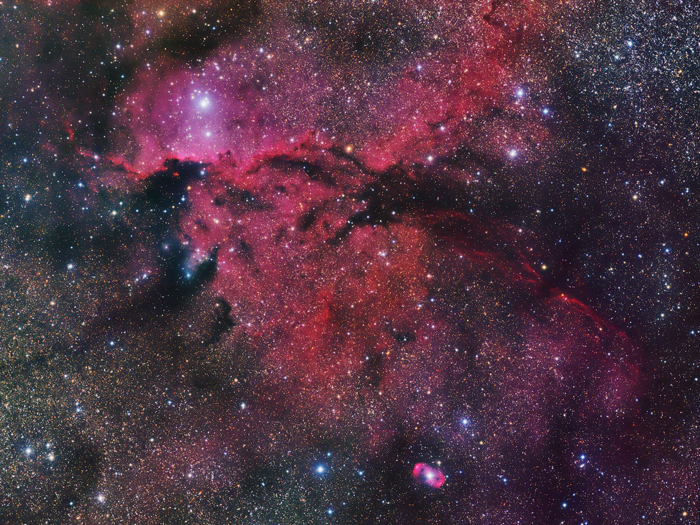
Image credits:Ivan Bok
Scientists at the European Southern Observatory in Chile’s Atacama Desert were focusing on a distant binary star system called HD 148937, that is located about 3800 light-years away from Earth in the direction of the Norma constellation. Observing a strange and mysterious ‘Dragon’s Egg’ nebula, they noticed that there’s something unusual in there: “A nebula surrounding two massive stars is a rarity, and it really made us feel like something cool had to have happened in this system. When looking at the data, the coolness only increased,” said Abigail Frost, an astronomer at ESO in Chile and lead author of thestudy.
The age difference was approximately 1.5 million years and suggested something must have rejuvenated the more massive star. The scientists came up with hypothesis that there were probably originally 3 stars in the system:“The two inner stars merged in a violent manner, creating a magnetic star and throwing out some material, which created the nebula”, said Hugues Sana, the principal investigator of the observations. “The more distant star formed a new orbit with the newly merged, now-magnetic star, creating the binary we see today at the center of the nebula,” he added.
Based on research, HD 148937 was a trinary star system in which two stars eventually collided and merged, blasting out material that formed the nebula
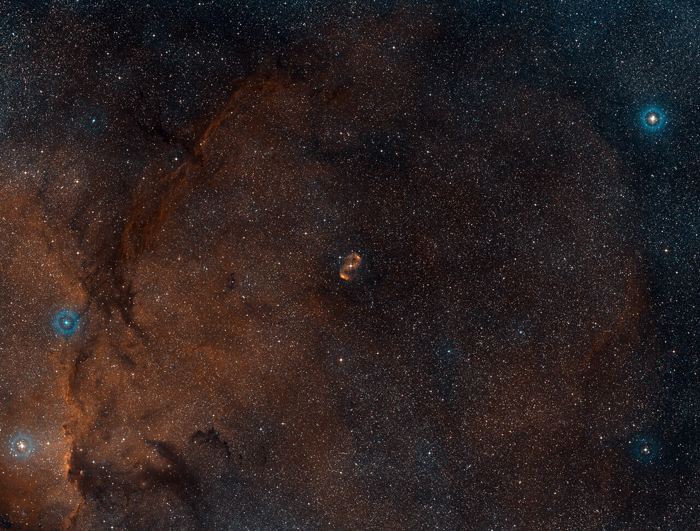
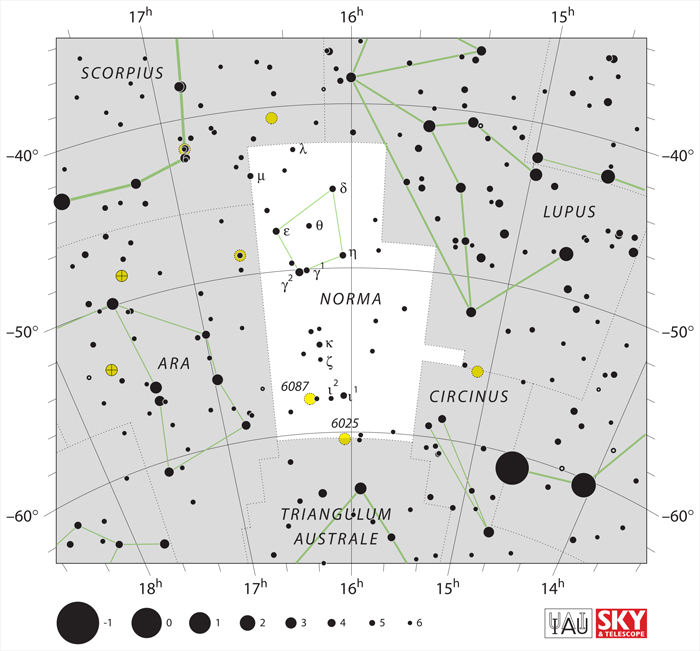
Image credits:IAU and Sky & Telescope magazine (Roger Sinnott & Rick Fienberg)
While magnetic fields are a common feature of low-mass stars like our Sun, it’s important to mention that more massive stars cannot sustain magnetic fields in the same way. Yet some massive stars (around 10%) are indeed magnetic. Some scientists suggested that strong magnetic fields might be produced when two stars collide.
Scientists from Heidelberg University, the Max Planck Society, the Heidelberg Institute for Theoretical Studies, and the University of Oxford in 2019 used large computer simulations to demonstrate how the merger of two stars creates strong magnetic fields. Simulations showed that the generated magnetic fields might even be sufficient to explain the exceptionally strong magnetic fields inferred to exist inmagnetars.
The HD 148937 case is the first time when researchers have found such direct evidence of magnetism in massive stars. “In the collision of two stars, merger debris is scattered around the merger remnant and should form a nebula that is visible for a short time. Such a nebula around an apparently too young and magnetic star is a smoking-gun signal for the merger hypothesis, and we have finally found it,” – explained Dr Fabian Schneider from the Centre for Astronomy of Heidelberg University.
After analyzing 9 years’ worth of observational data, HD 148937 appeared as the first compelling evidence that stellar mergers do indeed result in the magnetic fields we occasionally see wrapped around massive stars

Image credits:Mark Hanson
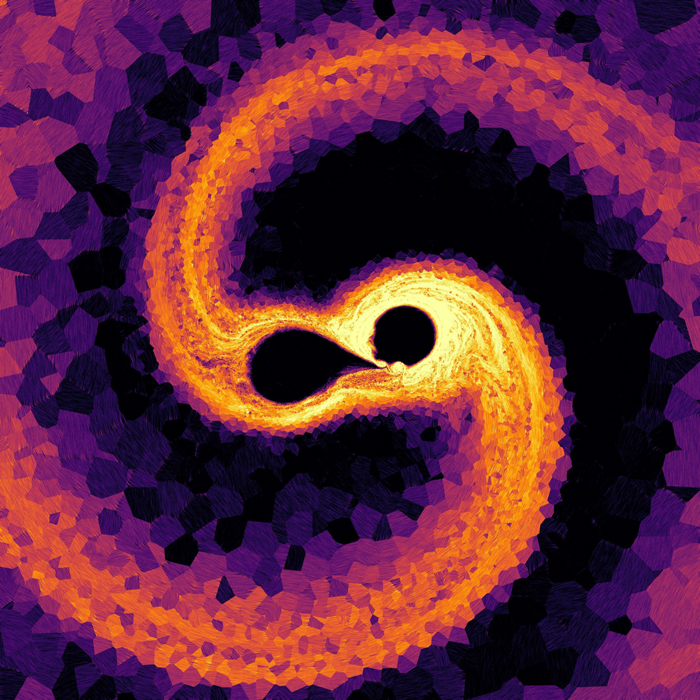
Image credits:Heidelberg University
According toscientists, this unusual cosmic event of HD 148937 finally helped to solve a long-standing mystery of astronomy: how massive stars get their magnetic fields. Deeper studies of the ‘Dragon’s Egg’ nebula will also help better understand the life cycles of massive stars, how they change and evolve during their lifetime, and the processes that shape the cosmos.
The Dragon’s Egg Nebula showed that strong magnetic fields might be produced when two stars collide
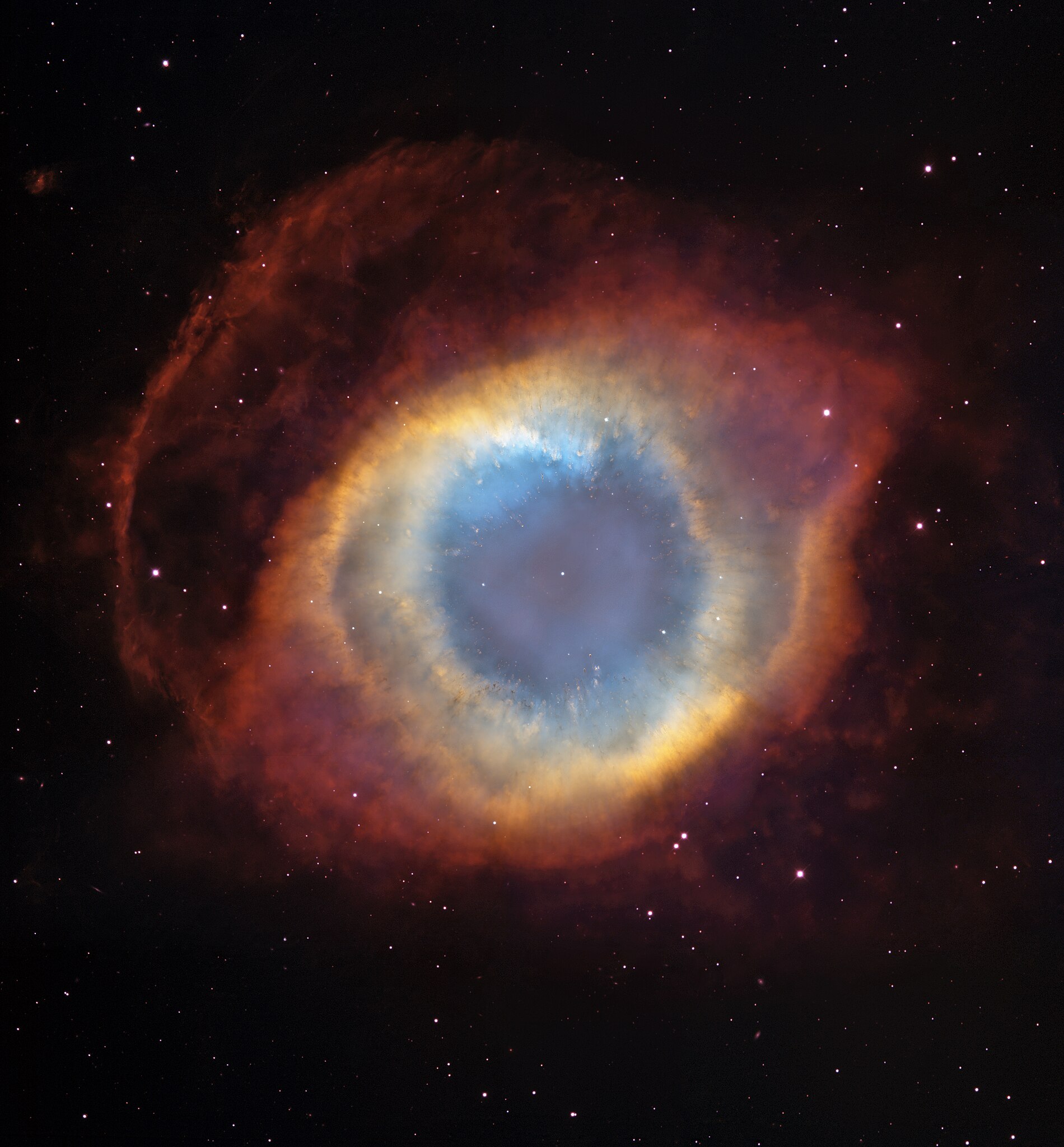
Image credits:NASA
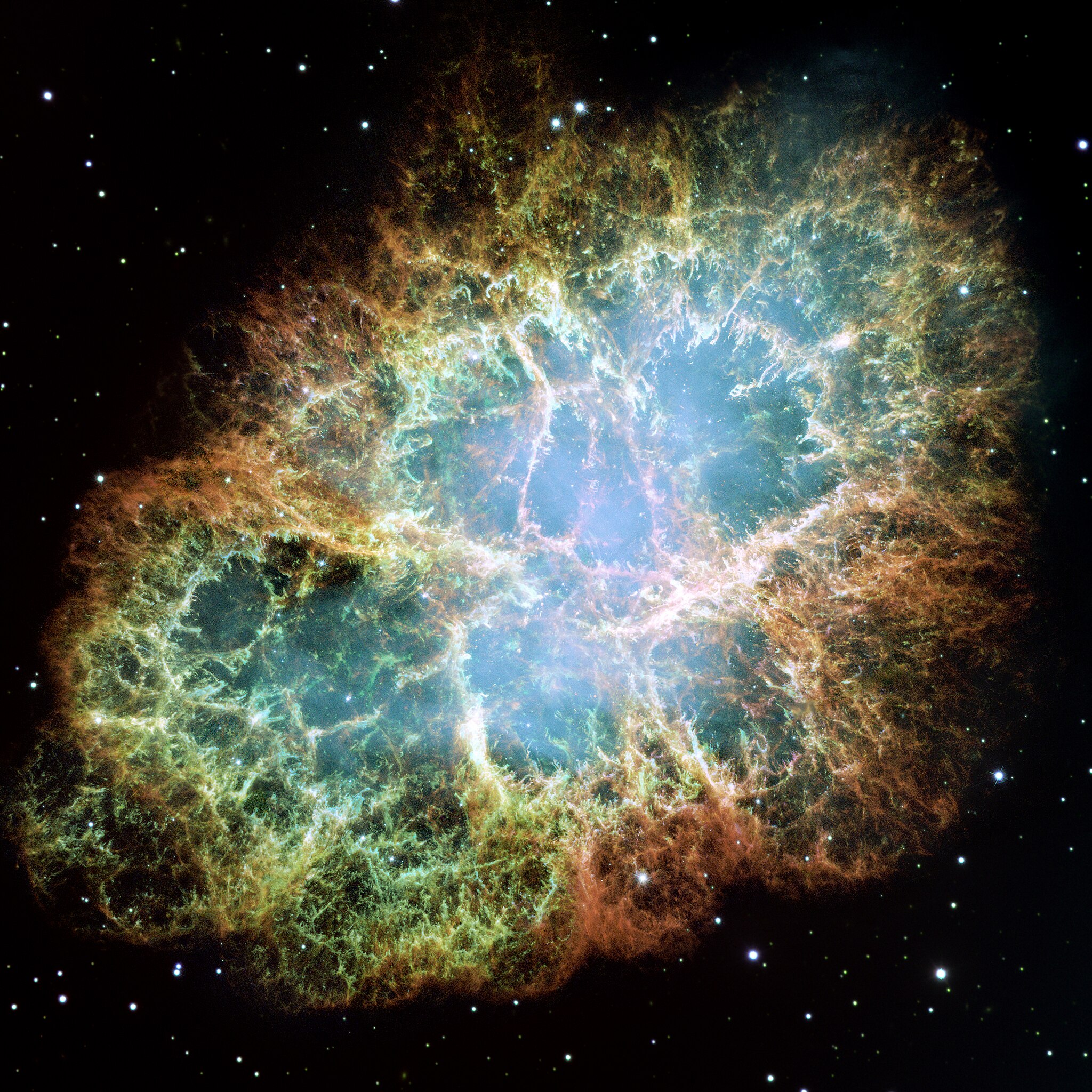
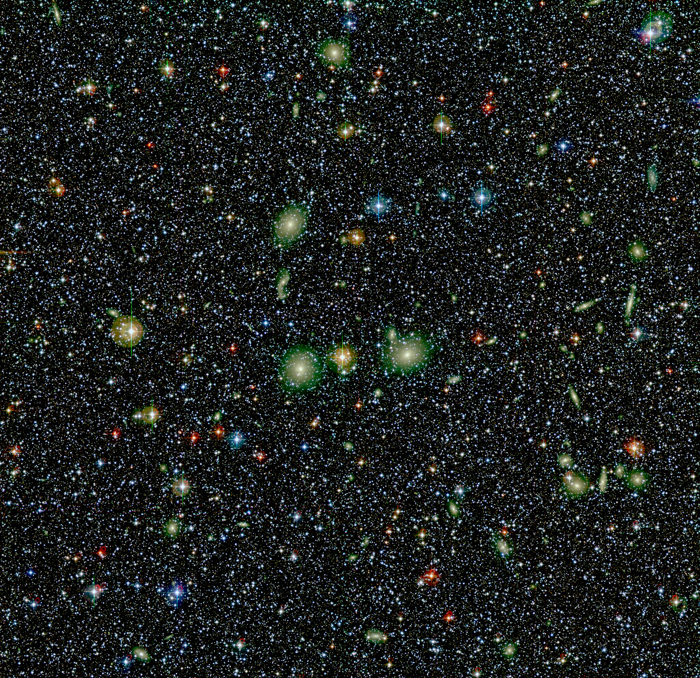
Massive stars are crucial building blocks of galaxies and the universe. Knowing that only about 10% of the more massive stars do host large scale stable magnetic fields, the recent discovery about the ‘Dragon’s Egg’ nebula’s formation makes it a definitely significant and very special achievement.








Thanks! Check out the results:
Science & Technology